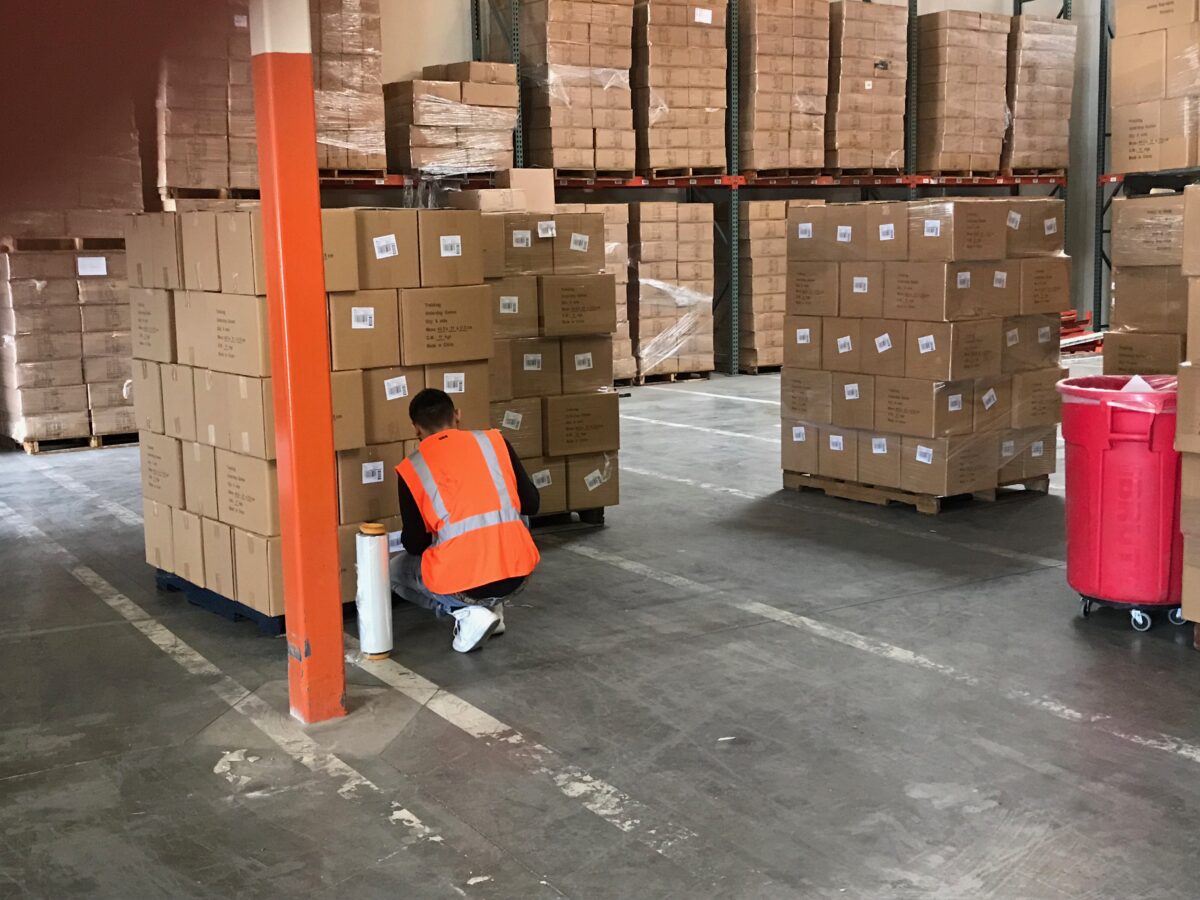-
Increase Revenue with Smart Product Bundles in Your Online Store

Let’s explore how to harness the power of smart product bundles to significantly boost online store’s revenue.
-
Try Before You Buy: Augmented Reality Shopping Revolutionizes E-commerce

Let’s delve into the exciting realm of augmented reality shopping and explore how it’s revolutionizing the way we shop online.
-
Clicks and Countries: Exploring the E-commerce Boom in Emerging Markets
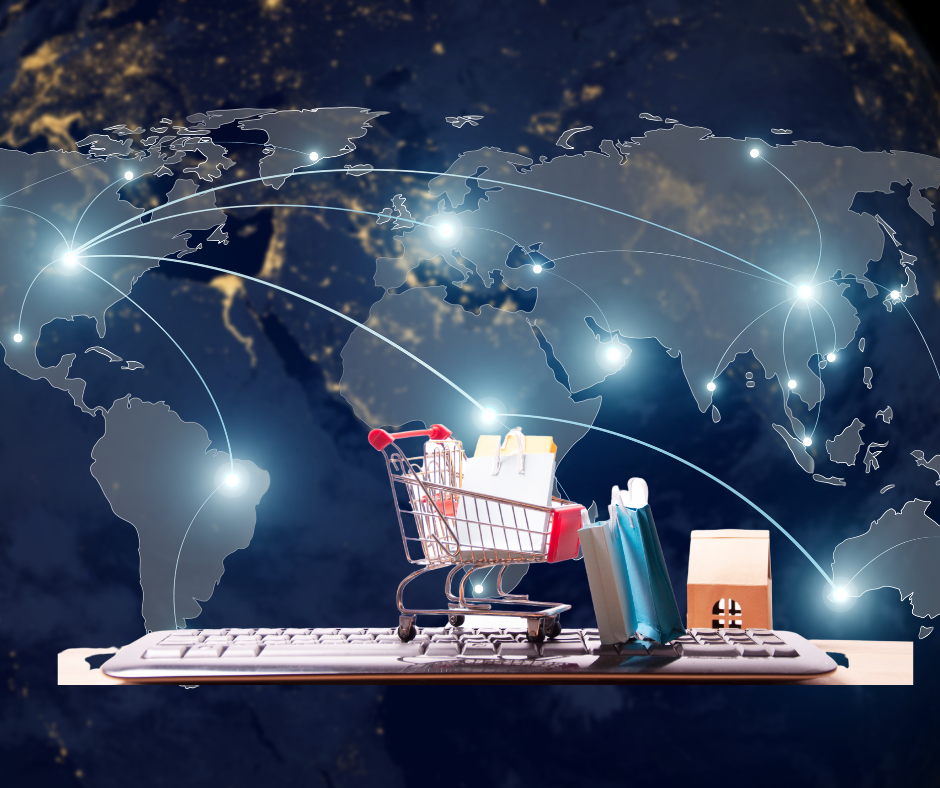
Get to know the phenomenon of the e-commerce boom in emerging markets, highlighting the factors contributing to their growth and the potential they hold for businesses worldwide.
-
Ship Smarter, Not Harder: How 3PL Can Save You on Shipping Expenses
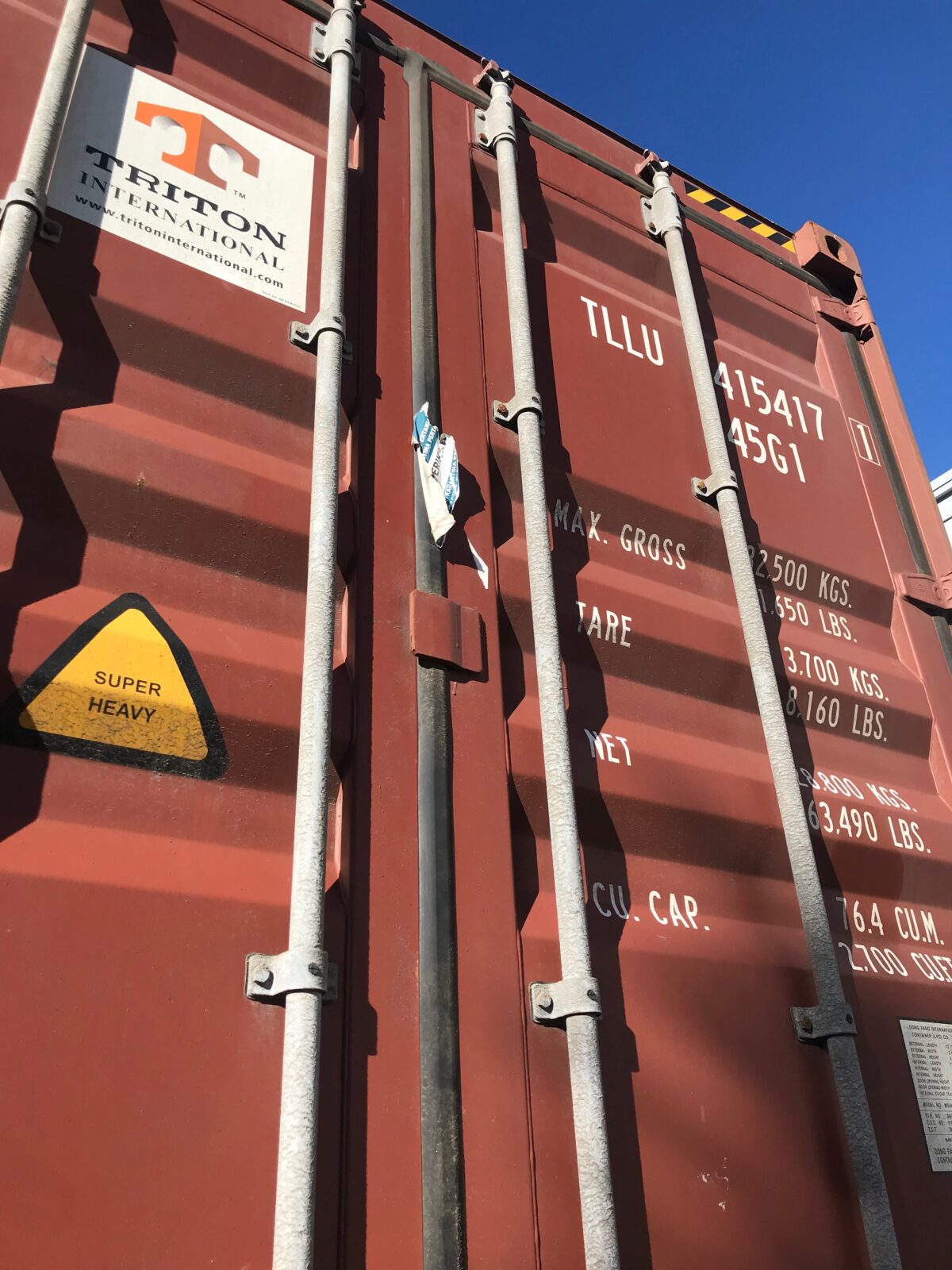
Many companies struggle with finding ways to reduce their shipping costs while still providing fast and reliable service to their customers. One solution to this problem is to partner with a third-party logistics provider (3PL).
-
Maximizing Efficiency: The Top Ecommerce Fulfillment Strategies Used by 3PLs
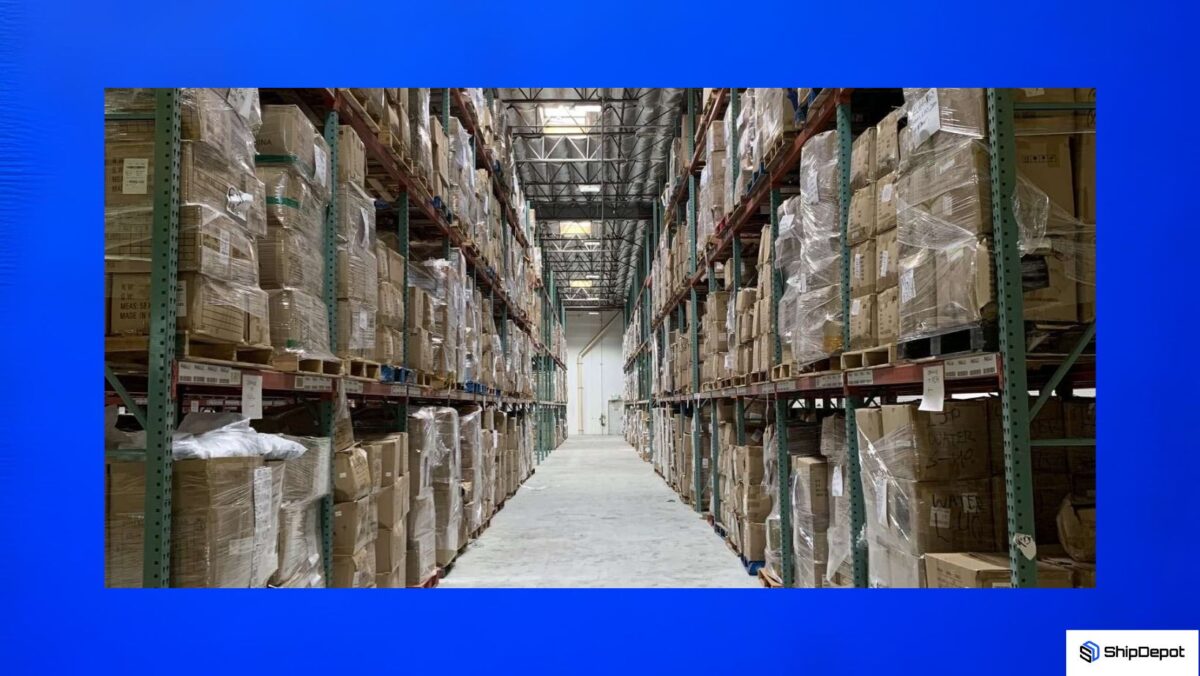
Have you ever wondered how third-party logistics companies (3PLs) operate? What are their strategies to satisfy their customers’ needs and, of course, retain them? Whether you’re looking for a 3PL or not, continue to read on and learn the top fulfillment strategies these companies use to establish a strong foundation for long-term success. Perhaps there…
-
The future of Amazon and its impact on the eCommerce industry
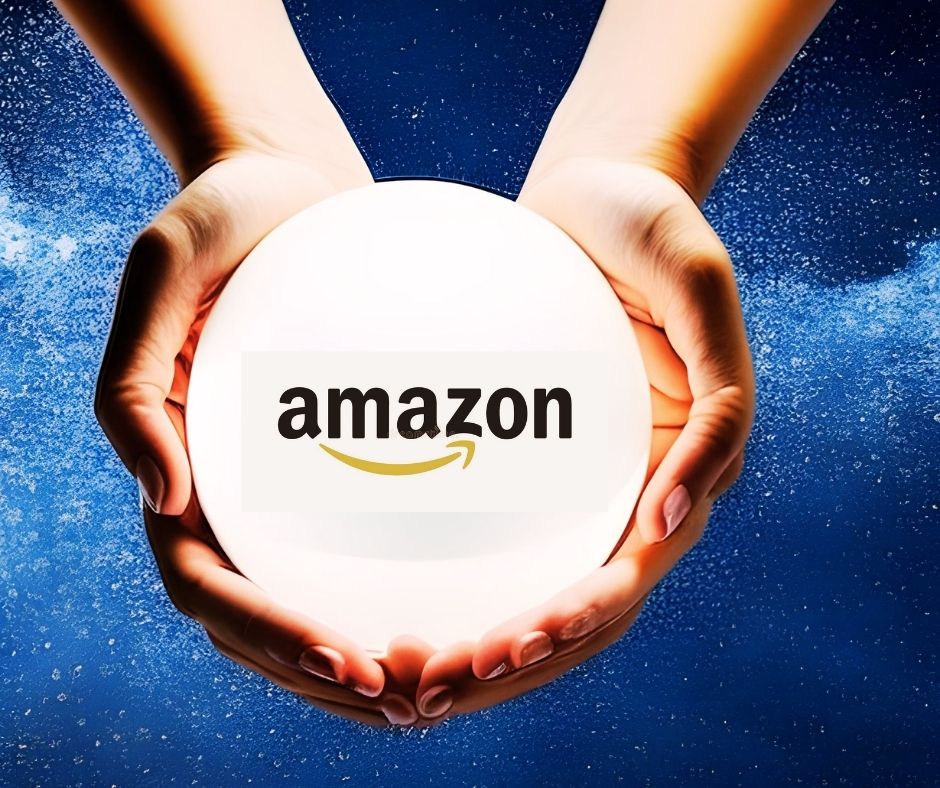
Get ready for a glimpse into the future of Amazon and its impact on the world of online shopping. With exciting investments in emerging technologies and sustainable initiatives, Amazon’s future growth looks promising. However, as the retail giant continues to dominate the e-commerce industry, it’s important to consider how this impacts small businesses and competition.
-
The Power of Third-Party Logistics: How 3PLs are Revolutionizing eCommerce Selling
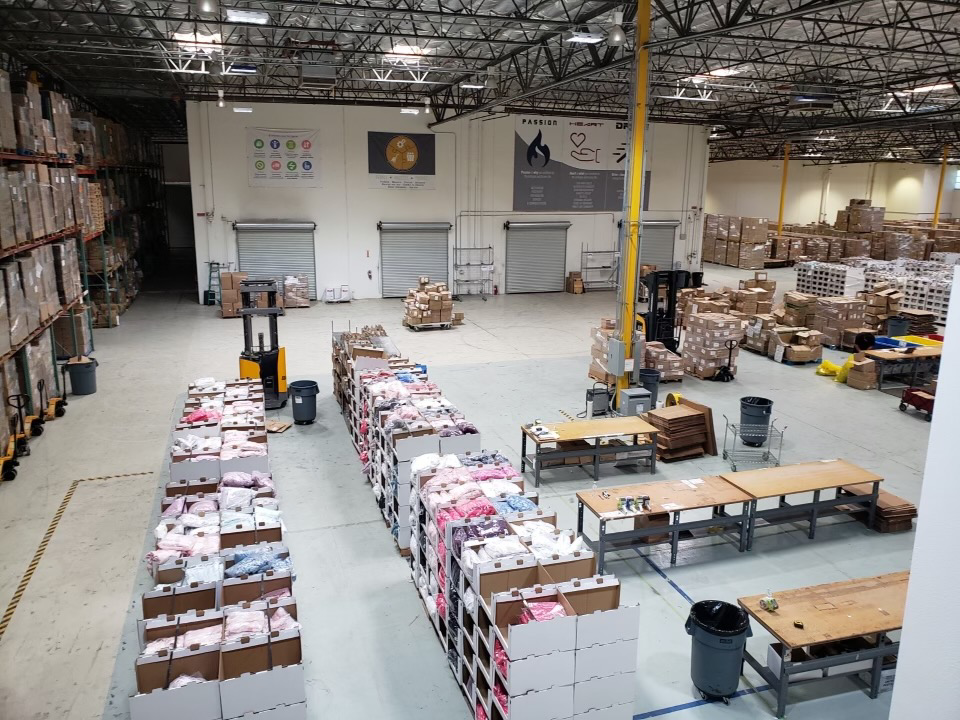
In today’s world, eCommerce has become a major player in the retail industry, with tens of millions of people shopping online every day. As eCommerce continues to grow and evolve, the need for efficient and reliable logistics has become increasingly important. Third-Party Logistics (3PL) providers have emerged as a solution to the challenges faced by…
